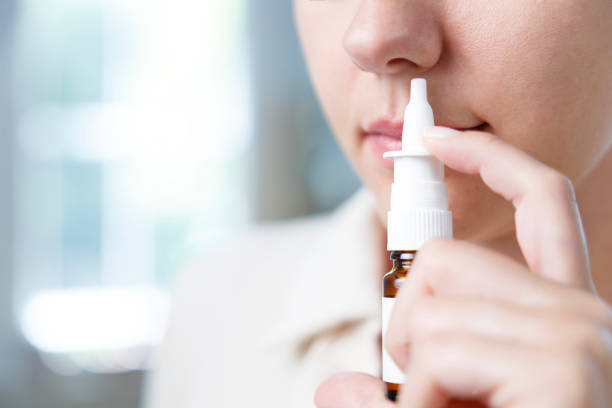USP Inhaler Valve Leakage Testing
The USP Inhaler Valve Leakage Test is a critical procedure designed to ensure that inhalation products meet stringent quality and safety standards. This test evaluates the integrity of valve systems used in metered-dose inhalers (MDIs) by measuring the amount of propellant gas that escapes from the valve under specified conditions. The primary purpose of this testing is to prevent excessive leakage, which can lead to suboptimal drug delivery and potentially compromise patient safety.
The test procedure is governed by United States Pharmacopeia (USP) Chapter §672, which provides detailed guidelines for the evaluation of valve systems. The test involves subjecting the inhaler to a series of pressure cycles followed by measurement of the propellant loss. This ensures that any leaks are detected and addressed before the product reaches the market.
Compliance with USP standards is essential for pharmaceutical manufacturers, as it helps ensure product quality and patient safety. The test requires precise instrumentation such as vacuum chambers, pressure gauges, and leak detection equipment to accurately measure propellant loss. The results of this testing are critical in ensuring that the inhaler delivers the intended dose of medication consistently and reliably.
The USP Inhaler Valve Leakage Test is particularly important for nasal products, which also rely on valve systems to deliver medications effectively. By adhering to these standards, manufacturers can demonstrate compliance with regulatory requirements and enhance public trust in their products.
Understanding the test setup and procedure helps quality managers, compliance officers, R&D engineers, and procurement teams ensure that the inhaler valves meet the required specifications. This knowledge is essential for maintaining high standards of product integrity and effectiveness.
- Compliance with USP standards: Ensures consistent drug delivery and patient safety.
- Precision instrumentation: Utilizes vacuum chambers, pressure gauges, and leak detection equipment for accurate measurement.
- Pressure cycles: Simulate real-world conditions to test valve integrity effectively.
- Propellant loss measurement: Critical in detecting any leaks that could affect drug delivery.





